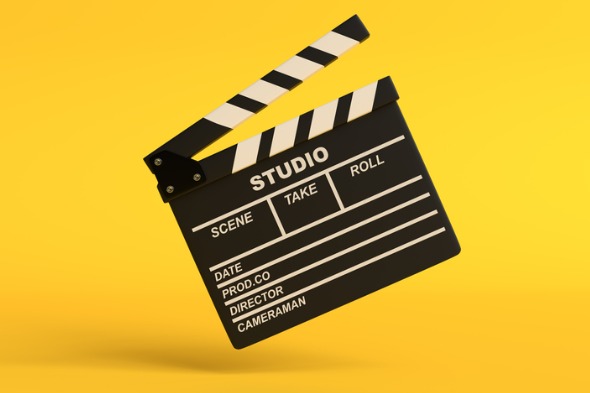A client approached Deminor claiming that their short film had been reproduced and distributed within a series produced by a large entertainment content development organisation and was seeking to finance their legal fees using a litigation funder. The proposed defendant had released a series that the client claimed was based on its short film and the series had become a blockbuster success.
Process and Approach
Copyright cases can be difficult as it is necessary to prove ownership and copying (as opposed to independent development). Assessment of the likely damages award can also be challenging. In this case, a developer that had worked on the client’s film had been engaged to work on the development of the defendant’s series and so it was easy to show access to the client’s copyright work and reverse the burden of proof if the defendant claimed that it had developed its series independently. Next, we needed to assess whether the defendant had copied. It is not enough to show that high level plot elements are common between the two works but that they are substantially similar. This is assessed either quantitatively (how much of the client’s work was copied) or qualitatively (were the parts copied the core parts of the work). In this case, a large amount of the client’s work had been reproduced (although those aspects made up only a small part of the defendant’s series).

The economic assessment of the likely damages was also difficult. There are three primary valuation methods used for valuing IP which are the cost method, market method and the income method. Copyright damages are often valued based on the “relief from royalty” method. This is primarily based on the income approach but combines this with elements of the and market approach. The valuation is the assessment of value based on the hypothetical royalty payments that would be saved by owning the asset rather than licensing it. This is still a difficult exercise to carry out as royalty rates and acquisition costs are generally not available as a basis for the calculation.
Summary
Deminor’s review process will quickly get to the heart of the case and test its strength and appropriateness for litigation funding. It is therefore important that clients have a good knowledge of their copyright, its development and the documents that can be used to demonstrate this. If there is a licensing history for the copyright that is very helpful in assessing the damages that could be awarded. Although reviewing a case against a deep pocketed defendant is a lower enforcement risk, that is irrelevant if the level of damages that could be awarded is too low to support a case financed by litigation funding. Please click here to use our self-check tool to give you an indication as to whether your case is suitable for litigation finance.
Emily’s Comment
"The technical assessment is a key part of Deminor’s case review process as although certain cases are likely to settle, Deminor only invests in cases which have a strong likelihood of success in Court."




